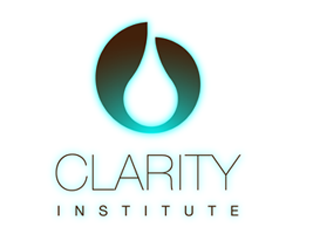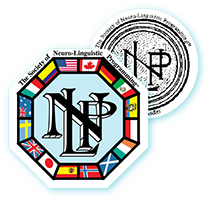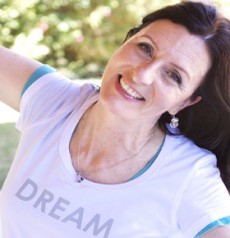In Los Angeles Lawyer magazine, 09/09, April A. Christine, an assistant U.S. attorney for the Central District of California, who prosecutes gang-related violent federal crimes, writes in her article, Applying Neuro-Linguistics During Trial about the wisdom of learning NLP. She writes, “a savvy lawyer uses all the tools and resources at his or her disposal in presenting a case to a jury. Understanding how people process information and incorporating that knowledge into the presentation of evidence is a powerful tool.”
Christine, talks about crafting language for the range of learning that different people have, such as visual learners, auditory learners and kinesthetic learners. She describes in detail how an auditory juror will relate more to her speech describing how the accused fled the scene of the crime, while the visual juror will understand it much more clearly by seeing an aerial satellite graphic view of the scene and captivate their attention more. In contrast the kinesthetic juror is hands on and in trial physical evidence that can be handled by the juror or at least by the prosecutor in demonstration will become more relatable. Things like demonstrations and reenactments will be especially effective to engage the kinesthetic jurors emotions, which they rely on to process and understand most effectively.
I’ve trained several lawyers over the years in my NLP™ Practitioner and Master Practitioner courses and know many others who tell me things like: “after learning NLP™ from you, my jury’s are like putty in my hand”. If you or someone you know is entering the legal profession or wants to amp up their perceptual and overall communication skills, then NLP™ is just what the judge ordered.
You can read the full article here








